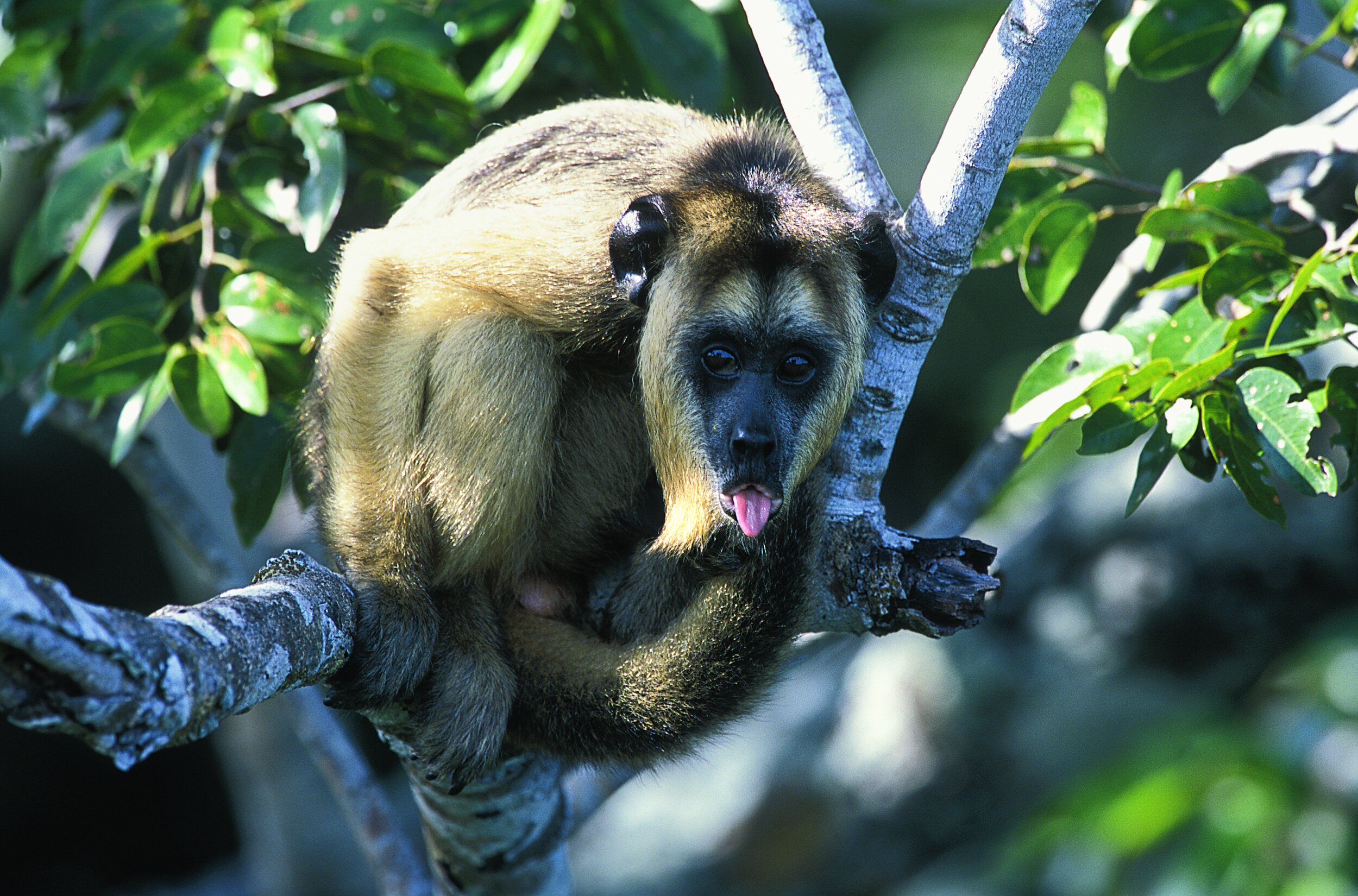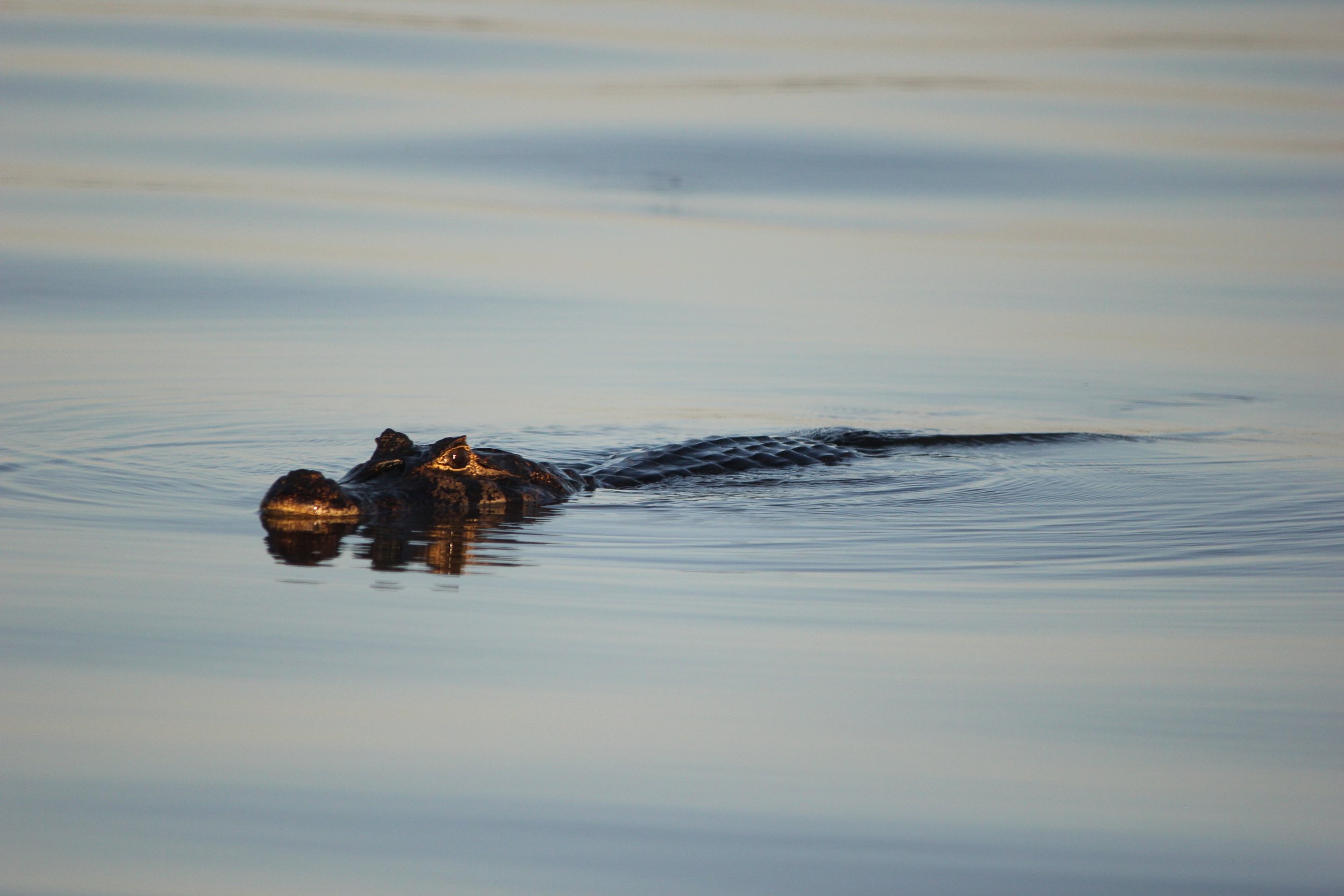Pantanal in March - Eveything to See & Do
The Pantanal is the world’s biggest tropical wetland area and largest flooding grasslands. Sprawling over 42 million acres and three South American countries, the fascinating natural region is a flourishing wildlife hotspot, home to a sensational array of animals.
Remarkably, the Pantanal has remained rather underexplored, hiding in the shadows of the fame of the Amazon Rainforest, which has largely dominated South America’s nature tourism market.
So, you’ll be able to explore the area’s incredible tropical wetlands, savanna-like plains and forests in peace and tranquility during your stay. On top of the miraculous landscape, you’ll come into contact with some remarkable wildlife species.
Residents include caimans, armadillos, capybaras, jabiru storks and, of course, the jaguar. The region has one of the highest densities of these majestic felines in the Americas.
Yet, planning your adventure to such a glorious natural phenomenon can seem a little overwhelming. Many wonder when is the best time to go to the Pantanal and what are the logistics of getting there.
What’s more, it is often asked whether March is a good time to visit this Latin American gem, as the month falls under the area’s rainy season.
To assist you in planning a spectacular adventure, we have gathered together some key information on the region and what it is like to visit it during this time of year.
Where is the Pantanal?
The Pantanal is an enormous internal delta situated in the heart of South America. It is located in the northern reaches of the Rio de la Plata Basin and predominantly falls within southwest-central Brazil, but also covers small areas of southeast Bolivia and northeast Paraguay.
It stretches over 375-miles along the banks of the upper Paraguay River and several of its tributaries.
Where Do I Go to Reach the Pantanal?
The Pantanal wetland is more accessible than ever after recent improvements in infrastructure. Yet, it still isn’t a walk in the park to get to this natural marvel.
If you’re driving, the best way to get to the Pantanal is from Brazil, where most of the wetlands are. The area is serviced by two roads, the Transpantaneira and the Estrada do Parque.
Each enters the Pantanal from a different side, with the Transpantaneira from the North and Estrada do Parque through the South. So, the most appropriate approach depends on where you’re starting from.
Yet, you can also choose to make your way from the smaller areas near the Pantanal such as the Bolivian towns of Puerto Suarez, San Matias and Puerto Quijarro and the Paraguay towns of Fuerte Olimpo Vallemí, Fuerte Olimpo, and Bahia Negra.
Alternatively, you can get to the Pantanal by boat or plane and add an extra layer of adventure.
Pantanal in March
Rainy Season
March is the last month of the region’s rainy season. The climate of the Pantanal during your stay will dictate how you will get around. So, it is important to get clued-up on the weather conditions to expect during the time when you will be visiting.
Despite its name, the rain during the wet season actually rarely lasts for more than a few hours a day. Yet, 80% of the region is flooded during this period so you’ll likely be touring the magnificent landscape aboard a boat.
This makes for a fantastic adventure. You can wade through the iconic waterways of this flooded forest, spotting one glorious creature to the next in the most enchanting surroundings.
In fact, many see March as the best time to go see the Pantanal as the area is at its most beautiful. The rainfall reinvigorates the landscape by bringing the flowers and vegetation into its prime. In doing so, it also creates one of the most lively seasons for the wildlife.
The flourishing flowers and plant life brighten the setting, while also attracting a host of birds and butterflies to the region. On top of this, the mammals tend to be easier to spot. They head to the high ground in search of dry land, making them more visible from the boat.
Thus, March is one of the best times to visit the Pantanal to see the landscape at its finest, with flourishing waters and the plant life at its most lush. Therefore, you are treated to the most breathtaking scenery and picture opportunities.
Pantanal Animals: Which Can I Expect to See in March?
The Pantanal not only provides a marvelous display of the nature of Brazil, but some of the most sensational creatures in the world. What’s more, March is a particularly great time to visit to see Pantanal animals.
Home to the largest concentration of crocodiles in the world, you’re likely to come close to some of the area’s 10 million caimans during your visit.
Many of the region’s mammal species also tend to be more visible during this period as they travel to higher ground in search of dry land.
So, they become much easier to see from the boat. In fact, March is one of the best times to see Jaguars in the Pantanal as they, along with creatures such as armadillos, capybaras, pampas deer and crab-eating foxes, seek refuge on the high plains beside the water.
March is considered the best time to see the Pantanal for its birdlife. Thousands of water birds such as jabiru Stork, wood storks, limpkins, ducks, and egrets head to the area to feast on the rich selection of vegetation brought by the rain.
Flocks of migratory birds also pass over as they leave North America to nest in cooler temperatures. So, this is a fantastic time to see them passing over and clustering within the landscape.
In fact, this is the best time to go to the Pantanal to see one of the world’s least-known waterbird species, the Least Bittern. These tiny winged creatures are one of the smallest herons in the world and have a distinctive pattern of orange, black, and white.
Things to See and Do in the Pantanal in March
Boat tours are the best way to see the Pantanal during the rainy season. A knowledgeable guide will lead you through the area, sharing expert insights on the history of the region and all the creatures that call it their home.
The vegetation of the Pantanal thoroughly flourishes into its prime in the month of March. Everything comes into bloom, adorning the puddled landscape with a fabulous array of colors.
For example, heliconias, bromeliads and orchids sprinkle pink into the area, creating the most beautiful setting.
And with these flowers comes a profusion of brightly colored butterflies. Watch their beautifully patterned wings flurry from one patch of petals to the next, in this glorious setting.
While we’re on the topic, for those of you wondering how to see Pantanal water lilies, the best way to do so is by visiting during the wet season. The water lilies’ flowers come alive after sunset when they open up after being pollinated by beetles to create a magnificent setting.
What Do I Pack for the Pantanal in March
Being so close to the Equator, the temperatures in the Pantanal do not vary very much. Figures tend to hover around a toasty 95°F. However, be on the careful side when preparing for your trip by checking the forecast for any atypical weather conditions.
Neutral Colored Clothing
Most people wonder how to see wildlife in the Pantanal. While the biodiverse landscape is thriving with marvelous creatures, you’ll want to blend in as much as possible to heighten your chances of seeing all of the magnificent animals.
So, pack neutral or khaki patterned clothing. Doing so will help you blend in with your surroundings and draw attention to yourself.
Sunscreen
Sunscreen is an absolute necessity when visiting the Pantanal. As you might expect from the high temperatures, the rays are rather strong in this unique region and the last thing you want is to ruin your experience by getting burnt.
Rain Jacket
When visiting the Pantanal in March, you must remember that you’re visiting a flooded wetland at a time when it sees its most rainfall. So, it is essential to remember to pack a rain jacket.
Wearing a good quality waterproof coat will prevent the rain from putting a damper on your trip and allow you to explore the area in utmost comfort.
Binoculars
The last thing you want when investigating the wildlife of the Pantanal wetland is to miss out on seeing all the creatures around you by neglecting to remember the binoculars.
While some natural phenomena, such as Pantanal fish, plant life and caimans will be close enough to see without any equipment, creatures such as jaguars, armadillos and the marvelous array of birds that March is so renowned for, are certainly best seen through binoculars.
Insect Repellent
A lot of mosquitoes can be found in the Pantanal - particularly during the month of March and the rainy season.
While the Pantanal is almost disease free and the mosquitoes that are present here do not transmit dangerous diseases, you’ll find yourself in a high degree of discomfort if you forget the insect repellent.
Thus, you’ll definitely thank yourself for packing insect repellent for your visit!
Summary
A real wildlife haven, the Pantanal is a remarkable place to explore. The sprawling flooded forest offers a highlight reel of some of nature’s most spectacular creatures.
Many wonder when is the best time to go to the Pantanal to see the highest number of animals and the landscape in its prime. While, of course, visiting this dazzling region is set to be an adventure no matter the season, there are certainly benefits to going in March.
The vegetation of the wetland debuts itself at its prime, with flourishing plants and flowers adding a touch of color to the area’s pristine waters. The thriving flora and fauna brings a wealth of opportunities to see Pantanal animals.
Whether it be the mammals that will be at their most visible or the flurries of bird species congregating in the area, March is a fantastic time to visit the region to see its wildlife.
If you’re dreaming of a wildlife adventure in the Pantanal, embark on a Nature of Brazil itinerary that will guide you through the area’s sensational ecosystems along with visiting the glorious landscapes of the Amazon and Iguazu Falls. Want to know more? Get in contact to start planning your luxury bespoke travel experience.


![FullSizeRender[14].jpg](https://images.squarespace-cdn.com/content/v1/6356bebc2d6f8562939b8e06/1675704379829-YCG8SFCCXR8FBD6DCPVH/FullSizeRender%5B14%5D.jpg)
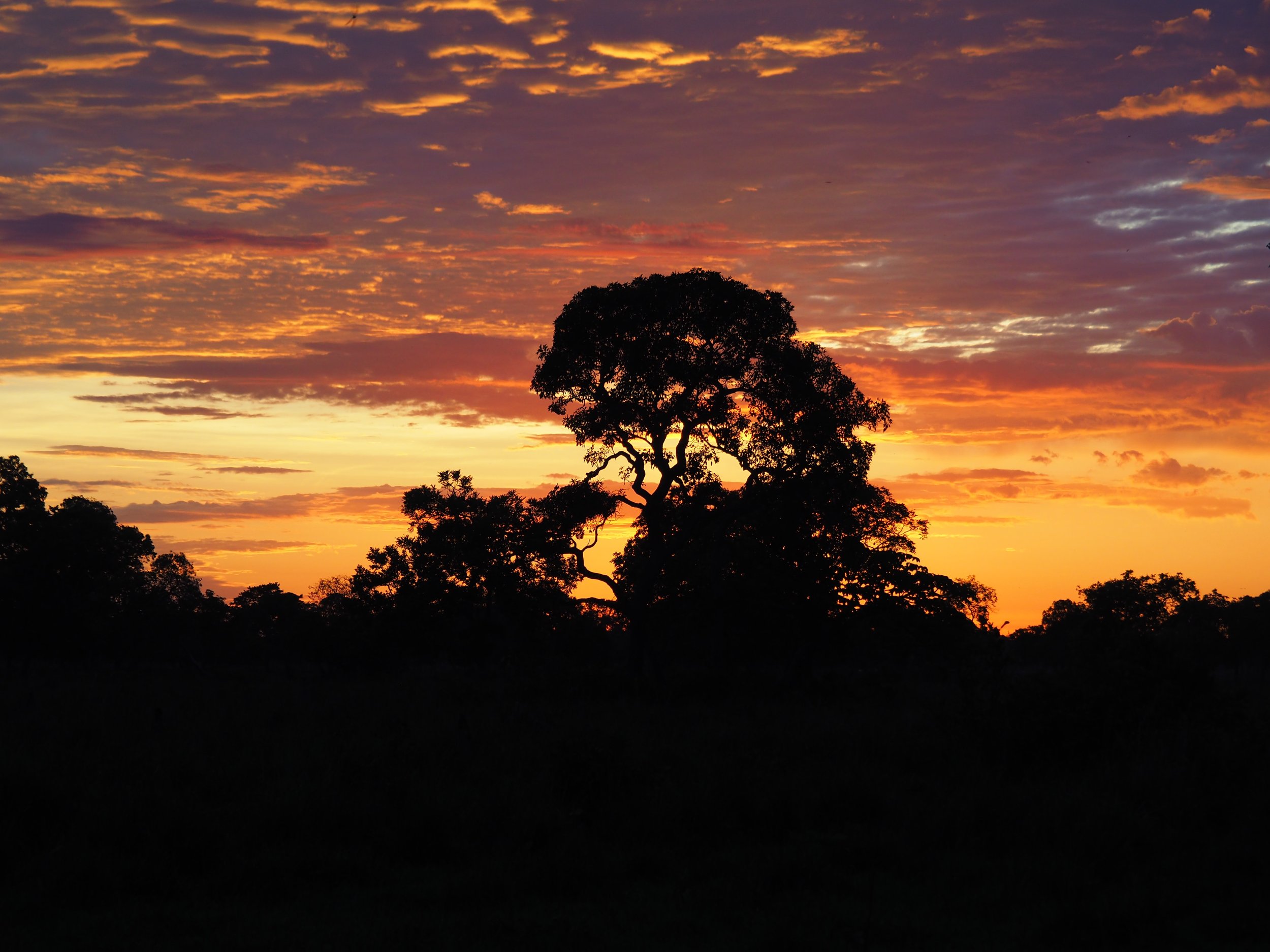
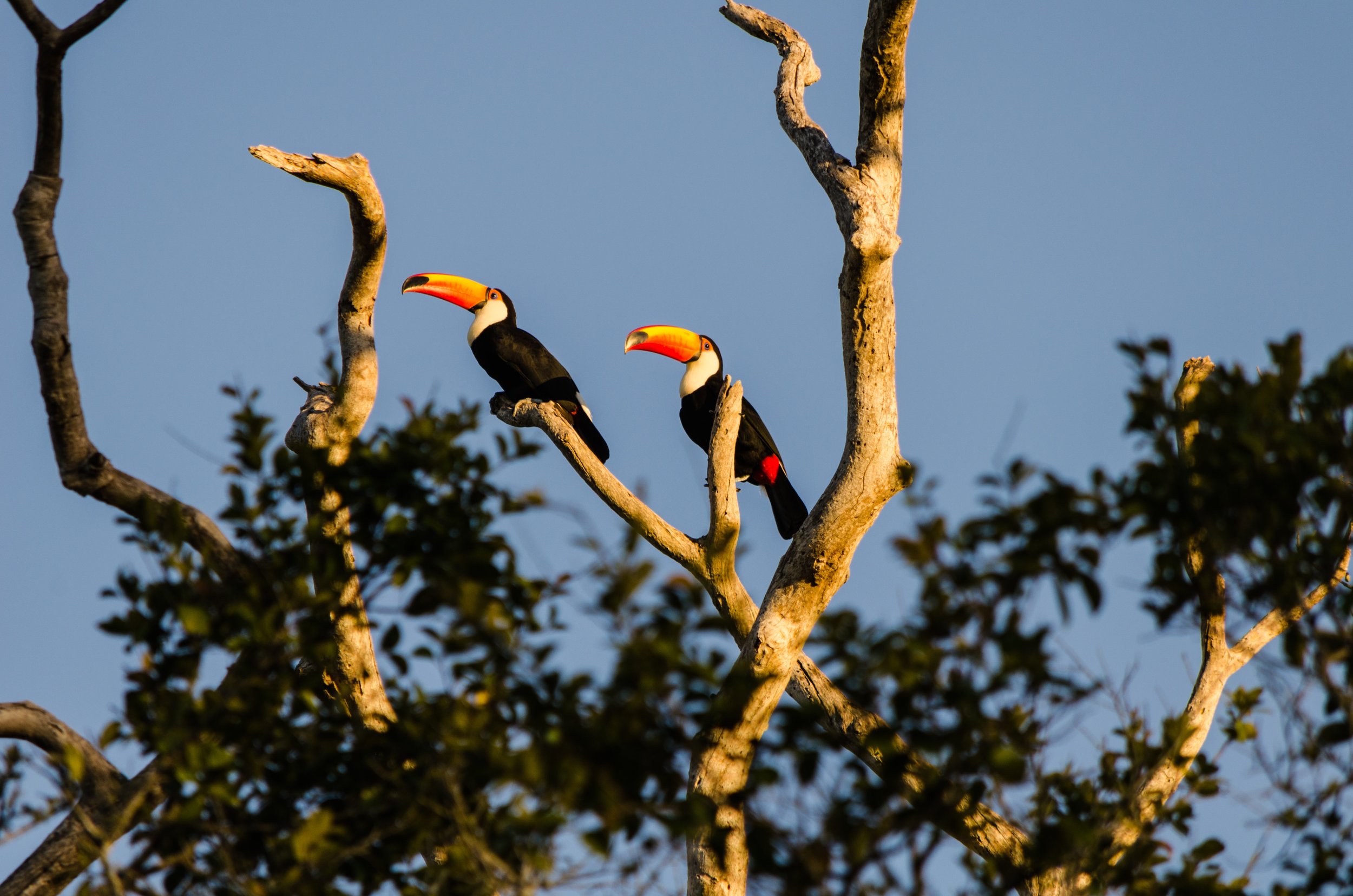
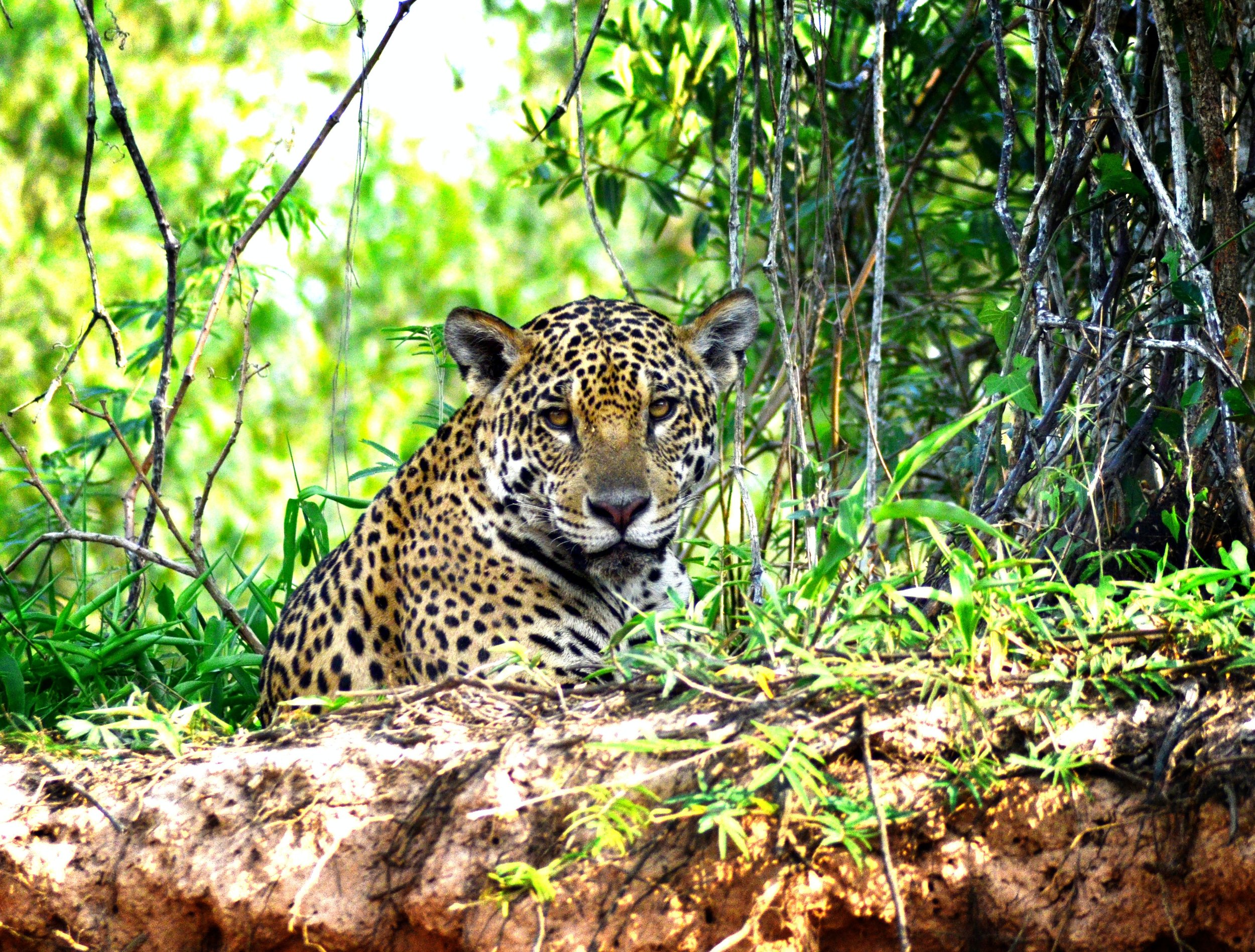
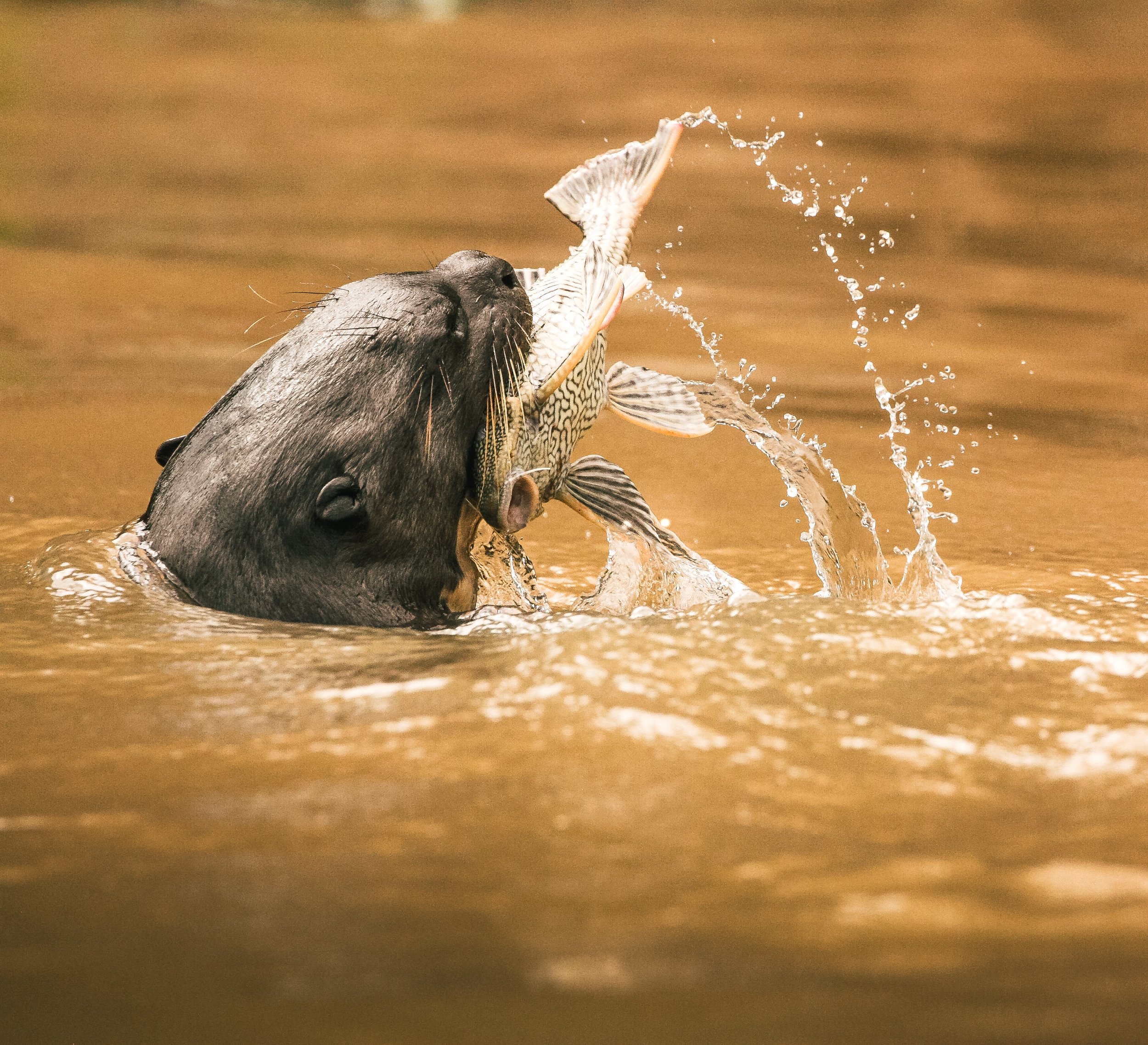
![FullSizeRender[4].jpg](https://images.squarespace-cdn.com/content/v1/6356bebc2d6f8562939b8e06/1675704480967-CNTI8UVSCGGMJ8UIH1SO/FullSizeRender%5B4%5D.jpg)
![FullSizeRender[16].jpg](https://images.squarespace-cdn.com/content/v1/6356bebc2d6f8562939b8e06/1675704480475-LG1676AMQICXLTHGYEP7/FullSizeRender%5B16%5D.jpg)
